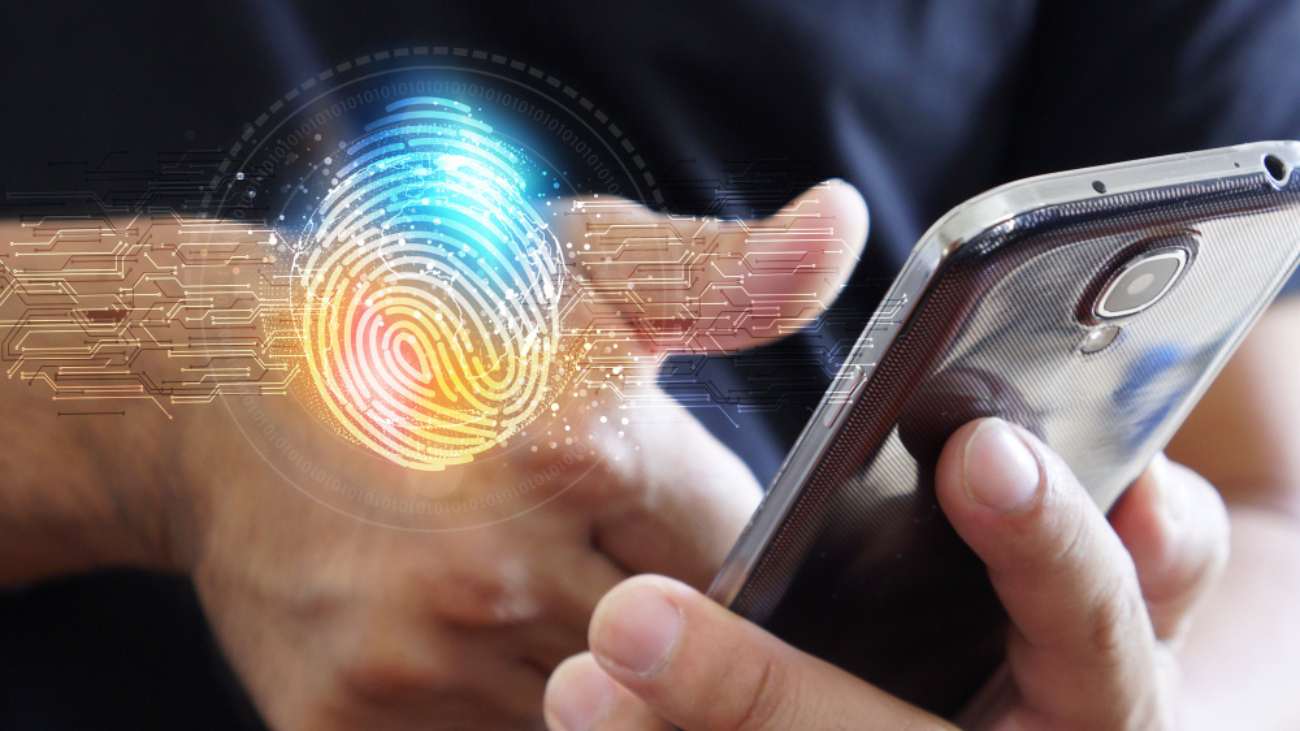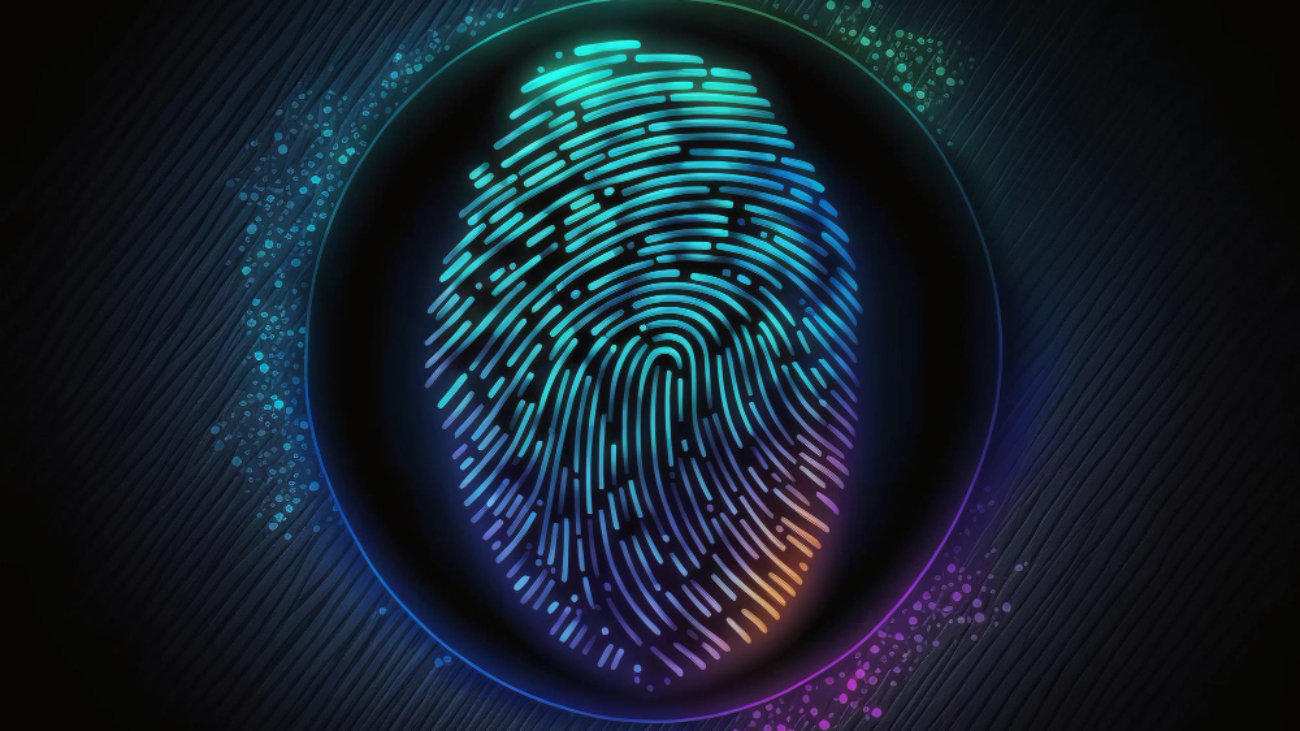Bahaa Abdul Hadi feels that decentralized identity systems provide a new paradigm that might change how we manage and confirm our identities online as growing worries on data privacy, security breaches, and the loss of control over personal information influence us. But where is the future of distributed identity headed, and how did we get here? Let us travel from its conceptual beginnings to the reality it is now acquiring.
What is decentralized identity?
A distributed identity is a type of digital identification whereby people may manage their personal data without depending on centralized authority, such as governments or big businesses. Decentralized identities are created using blockchain or other distributed ledger technologies (DLTs), unlike conventional identity systems whereby data is kept on centralized servers (usually under control by third parties including banks, social media platforms, or governments).
These technologies help people to have total control over their digital selves by allowing them to own their data, safely confirm their identity, and share information only selectively.
The Early Days: Ideas and Demand for Change
Early in the 2000s, as online-based services grew and the shortcomings of conventional identity systems became increasingly clear, the concept of distributed identity started to take shape. Systems of centralized identity run the danger of security breaches, identity theft, and hacking. Moreover, they may grant third parties too much control over the data they keep, which raises privacy issues.
Blockchain technology suits naturally for addressing these issues since it promises immutability and decentralization. Ideas of self-sovereign identification (SSI), in which consumers fully manage their identity, started to catch hold. These early concepts demanded the development of digital identities free from intermediaries that people could check and control on their own.
Blockchain Technology’s Emergence and Decentralized Identity Solutions
Once cryptocurrencies like Bitcoin became well-known, blockchain technology’s possibilities for distributed applications began to be investigated in several fields, including identity management. The Self-Sovereign Identity (SSI) model—a framework enabling people to own, manage, and control their personal data—was a major discovery.
Around 2016–2017, projects including Sovrin, uPort, and Veres One started to surface, all with an eye toward distributed identification systems created with blockchain technology. By use of verifiable credentials—cryptographically signed and shared securely among several applications and services—these systems let users construct and manage their digital identities. People might so authenticate themselves without depending on a central authority, thus increasing their privacy and security.
The Path toward Standardization
The idea of distributed identification acquired pace, and it became evident that universal standards were necessary for these systems to be efficient on a scale. Groups like the Decentralized Identification Foundation (DIF) and World Wide Web Consortium (W3C), both of which have worked on developing specifications for distributed identification solutions, sprang forth from this.
Verifiable Credentials (VCs) and DID specifications from W3C offer a structure for building and sharing reliable digital identities all throughout the internet. These criteria seek to enable interoperability between several distributed identity systems, thereby assuring that a person’s digital identity may be confirmed across several platforms, from healthcare to banking, without the need for several logins and passwords.
Conclusion
The path from idea to reality in distributed identification is well started. Although obstacles still exist, the development thus far points to a more user-centric, safe, and distributed digital identity ecosystem being nearer than we would have guessed. Decentralized identification is poised to revolutionize our digital lives going forward, whether it comes to privacy, security, or control. Thank you for your interest in Bahaa Abdul Hadi blogs. For more information, please visit www.bahaaabdulhadi.com.







